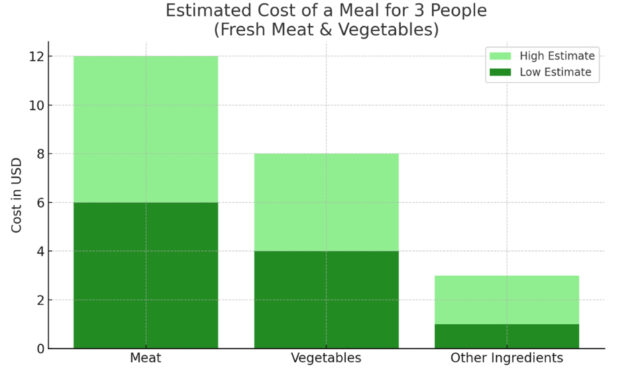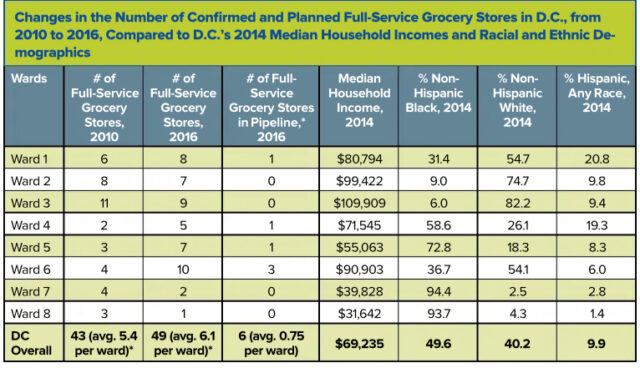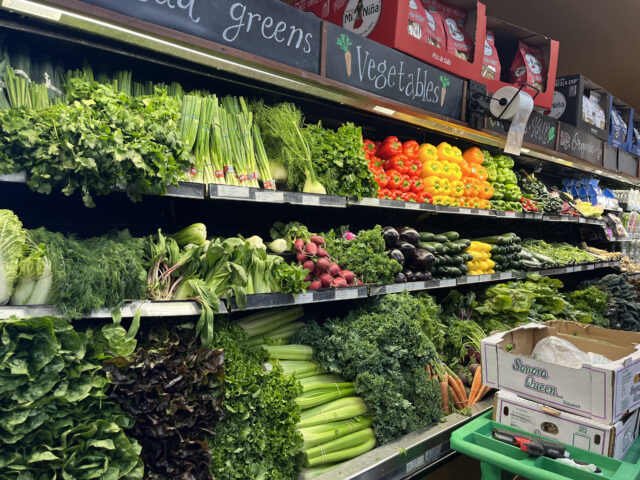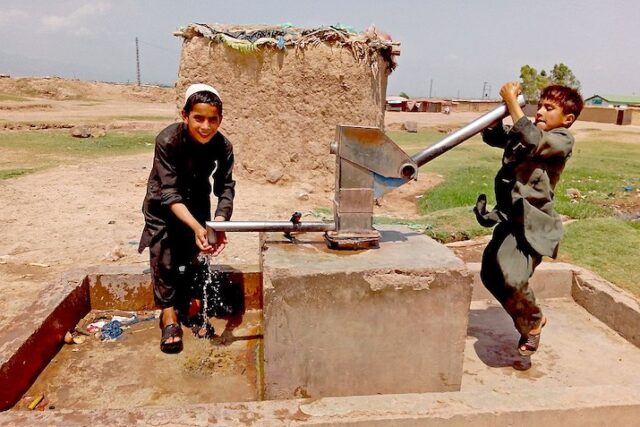What If the Nearest Grocery Store Was Miles Away?
Understanding limited food access through the lens of corporate power
Alice Yang
August 30, 2025
Ultra-processed foods are significantly cheaper to produce than fresh alternatives. This is largely because many of their base ingredients, such as corn syrup, are subsidized. In contrast, small farms growing fresh fruits and vegetables usually rely on private funding. Fresh produce also requires refrigeration, frequent restocking, and faster distribution, adding to its cost. By comparison, ultra-processed foods are designed for efficiency. They can be mass-produced at scale, shipped long distances, and stored for extended periods due to preservatives. While a typical grocery store operates on a razor-thin margin of about 1%, major packaged food companies including Kraft Heinz, General Mills, and Nestlé made an average operating margin of 17% over the past five years.
This affordability incentivizes low-income household consumers to favor frozen foods over fresh produce. For example, frozen pizza qualifies as ultra-processed food as it is packed with additives like stabilizers and artificial flavoring. A typical frozen pizza costs around 3 to 6 dollars, which could feed a household of three. Hot Pockets, another common ultra-processed meal sold at convenience stores, runs about $6 for a four-pack. In contrast, a home-cooked dinner with fresh meat and vegetables for a household of three typically costs between $11 and $23, depending on the market.

A graph created by the author illustrating the cost of a homemade meal
While grocery stores face low profitability in low-income communities, making them reluctant to open in the first place, this competition further exacerbates the food desert problem by pushing existing ones to close. In 2023, Aldi closed a key location for Black and impoverished Minneapolis neighborhoods.
Meanwhile, dollar stores — known for offering low-cost, highly processed foods — have exploded in number. Since 2011, the number of dollar stores nationwide has climbed from 20,000 to over 30,000, surpassing the combined number of McDonald’s and Walmart locations, according to a report from the Institute for Local Self-Reliance.

Source: author.
The disparity in food access across Washington, D.C.’s eight wards is a good illustration of the disparity of food resources even for areas that are next to each other. Wards 7 and 8, located east of the Anacostia River, are both considered food deserts. Together, they serve approximately 148,000 residents with only three grocery stores.
These two wards are predominantly home to African American residents, and many households fall below the low-income threshold, with Ward 7’s median household income being $39,828 and Ward 8’s being $31,642. In contrast, Ward 3, which is made up of an almost 3 times higher household income with a majority of white residents, has nine grocery stores, serving only 83,000 residents.
The contrast highlights the critical role that economic and demographic factors play in corporate decisions about where to open food stores. It also underscores the truth that the free market does not distribute resources equitably. When grocery chains follow profitability, communities of color and low-income neighborhoods are often left behind.

Graph showing 8 wards statistics – Source: https://www.scribd.com/document/350532395/Closing-the-Grocery-Store-Gap-in-the-Nation-s-Capital.
While for Melissa Kaemingk, living in a food desert is not extremely hard because she is young and has adequate transportation, many people living in the area are struggling to secure stable food, especially with limited access and financial means for healthy and quality food. People are constantly facing mental pressure due to food insecurity and physical health deterioration from the consumption of ultra-processed foods.
According to Mark Gottlieb, executive director at Northeastern Law’s Institute, “Unhealthy food consumption leads to half a million premature deaths annually in the United States, which surpasses the tobacco mortality rate.”
Ultra-processed food contains enormous unhealthy ingredients, including large amounts of added sugars, sodium, saturated and trans fats. Excessive sugar intake spikes blood glucose levels and raises the risk of type 2 diabetes, while the calorie density of these foods contributes to weight gain and obesity.
As a consequence, 11 to 19 percent of people who live in a food desert are more likely to be obese. High levels of saturated and trans fats in these products also raise cholesterol and blood pressure, increasing the risk of heart disease. Our bodies respond differently when processing natural food and ultra-processed foods. For example, studies have shown that our body absorbs less fat when eating nuts as whole than when nuts are ground down. Since highly processed food has undergone many modifications, our bodies are more likely to rapidly absorb higher concentrations of unhealthy ingredients.
Moreover, ultra-processed food tends to contain all sorts of preservatives and additives to extend shelf life and enhance flavors. The common additives, including artificial colorants, benzoate preservatives, and non-caloric sweeteners, can negatively impact health by increasing risks of mental health disorders, cardiovascular disease, metabolic syndrome, and potential carcinogenic effects. Some food additives common in ultra-processed foods (such as emulsifiers and artificial sweeteners) are also increase inflammation in the gut by causing changes to the gut microbiome, and inflammation is closely tied to an increased risk of colon cancer.
“Unhealthy food consumption leads to half a million premature deaths annually in the United States, which surpasses the tobacco mortality rate.”
Taking Hot Pockets for example. One sandwich contains 25% daily recommended fat, 27% daily value of sodium, and less than one gram of fiber. It also contains more than 20 types of chemicals. Perhaps more shockingly, an eight-ounce bag snack such as Doritos, Cheetos, and Sun Chips has about 120 ingredients, and some of which contain known cancer-causing compounds. However, these foods are the most accessible option for people in food deserts. Even when people aware of the health risks, they often have no real alternatives.









